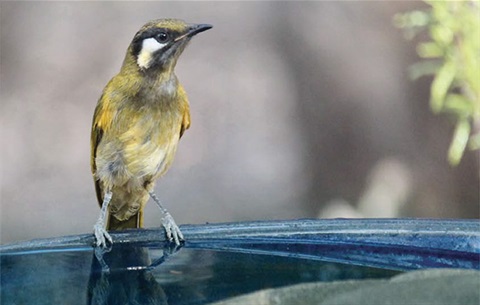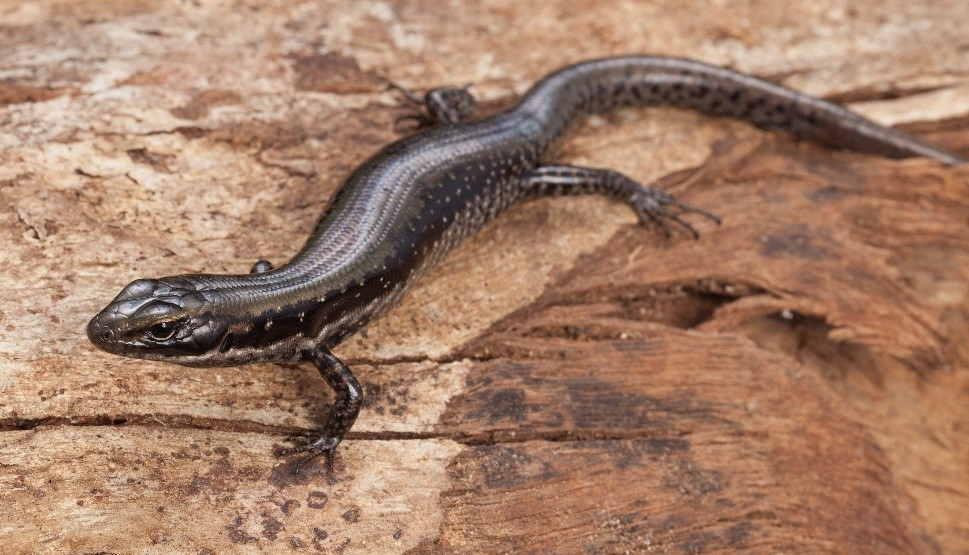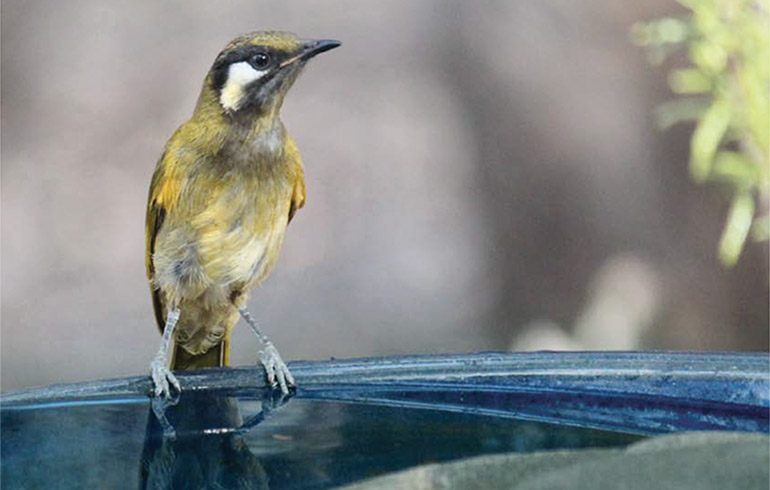Green Shoots Program

Monash has a rich bushland and leafy environment that is highly valued by our residents. Trees and green space in the public and private realms of Monash provide clean air, cool our environment and retain water in the soil. Monash is a healthier place to live thanks to our trees and gardens.
The Green Shoots Program enables residents to connect with nature, improve and increase awareness of our biodiversity corridors, and appreciate the value of trees. It is the overarching program to support the delivery on many actions under the Urban Biodiversity Strategy, in partnership with our Horticulture Department and linked to other related strategies supporting Monash’s garden city character.
The Green Shoots program has been developed in response to a high level of interest from residents keen to help protect, improve and experience the local natural environment.
It connects all generations and cultural and social groups in Monash to our local natural environment, encouraging residents to take a positive, collective responsibility towards stewardship of these important spaces. Even our youngest Monash residents have been involved with the instalment of two new bush kinder spaces in two sporting reserves.
Green Shoots - find your natural place in our open space
Watch this little animation below to find out more about the Green Shoots program:
Skink Link Project
The Green Shoots Program began with the popular Skink Link Project at Scotchmans Creek in Oakleigh, which is creating new habitats for skinks. We invited the community to help build the habitats and the idea was enthusiastically embraced with residents keen to contribute through planting, picking up litter and helping to manage weeds. For more information on the project, please see the Skink Link Project page.

Gardens for Wildlife
Since 2016, more than 100 residents have joined the Monash Gardens for Wildlife program. Participants attend workshops run by our bushland team, receive free indigenous seedlings for their gardens and become part of a network of people providing homes to local native wildlife in their own gardens. Schools have also joined to increase the vegetation on their school grounds. These gardens are vital stepping stones for wildlife by creating corridors as they travel between our bushland and parks.
Our volunteer Garden Guides visit participants' gardens to provide individual support and advice on how to create a habitat garden.
For more information, please see the Gardens for Wildlife page.
